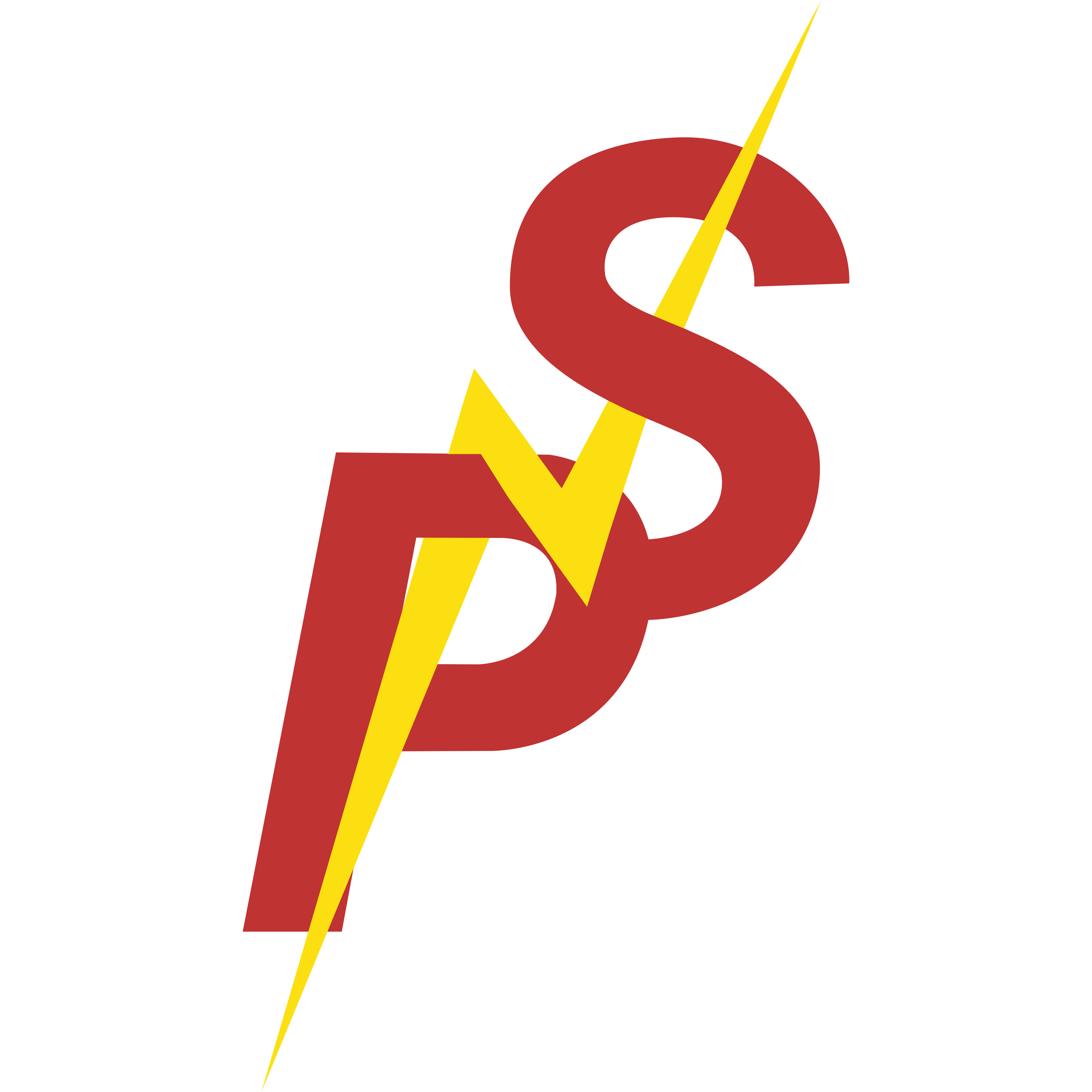I've got a 24 V system consisting of 620 amp hour LIPO batteries, which is then connected to an MPP solar all-in-one inverter/charger.
I would like to be able to use my alternator to charge the batteries when in route. I was looking at the Victron 12/24 DC to DC 3 stage charger, but they are limited to 15 Amp/360 watt output. So it would get the job done--albeit very slowly.
I've heard some pretty horrible reviews about the sterling's DC to DC charger's, so have been steering clear of those.
I then got to thinking why can't you send an alternator (DC current) through an MPPT controller, assuming you don't violate the limits? Isn't solar also DC current?
I believe the MPP solar has a limit of about 2000 Watts, but have to double check that spec, but that's what sticks in my head. I realize here there would not be any regulation, so this might be more in tune to a relay system, and could potentially heat up wires quickly or possibly burn out the alternator if the LIPO batteries were very low on juice. Is the amps from the alternator too low for this to work? I would think it is the job of the MPPT controller to regulate though. Help me to understand this please.
I'm sure there's a reason this is not done, thus the reason I'm posting in the beginners forum. Could someone enlighten me?
And then on the same topic, what other DC to DC converters are available for 12-24 volt output that would be in the 60+ AMP output range? That's what I'm after.
Thanks,
Troy
I would like to be able to use my alternator to charge the batteries when in route. I was looking at the Victron 12/24 DC to DC 3 stage charger, but they are limited to 15 Amp/360 watt output. So it would get the job done--albeit very slowly.
I've heard some pretty horrible reviews about the sterling's DC to DC charger's, so have been steering clear of those.
I then got to thinking why can't you send an alternator (DC current) through an MPPT controller, assuming you don't violate the limits? Isn't solar also DC current?
I believe the MPP solar has a limit of about 2000 Watts, but have to double check that spec, but that's what sticks in my head. I realize here there would not be any regulation, so this might be more in tune to a relay system, and could potentially heat up wires quickly or possibly burn out the alternator if the LIPO batteries were very low on juice. Is the amps from the alternator too low for this to work? I would think it is the job of the MPPT controller to regulate though. Help me to understand this please.
I'm sure there's a reason this is not done, thus the reason I'm posting in the beginners forum. Could someone enlighten me?
And then on the same topic, what other DC to DC converters are available for 12-24 volt output that would be in the 60+ AMP output range? That's what I'm after.
Thanks,
Troy



